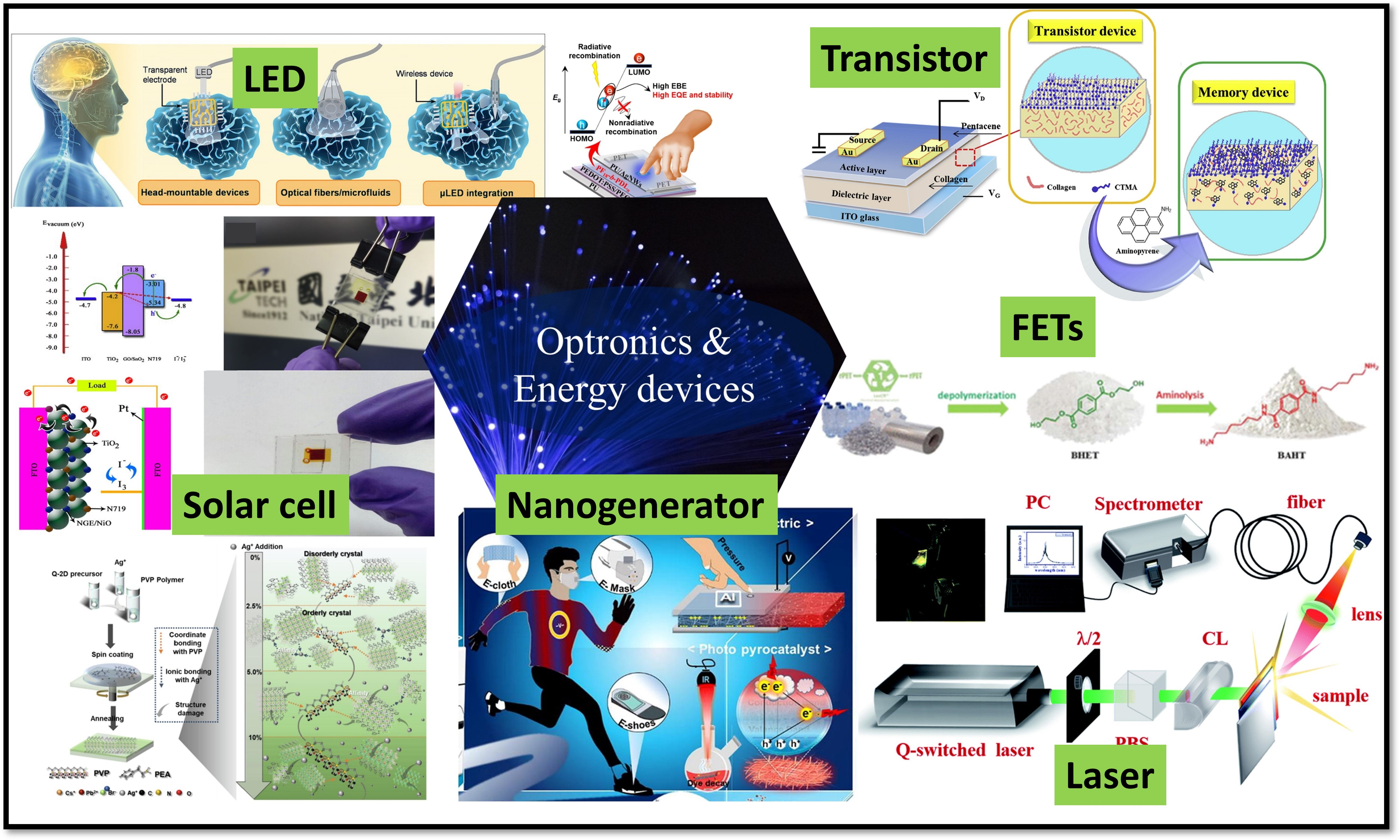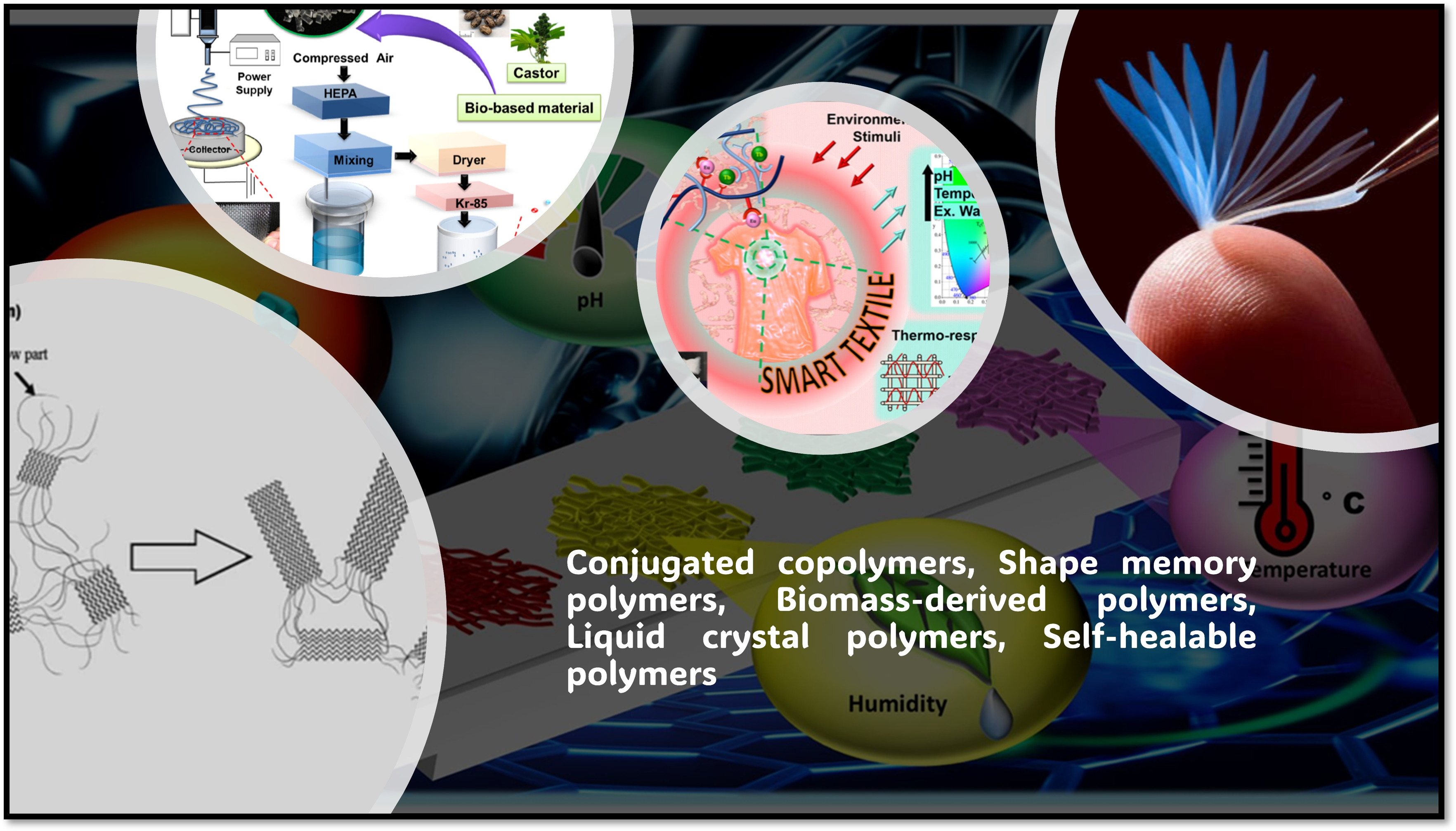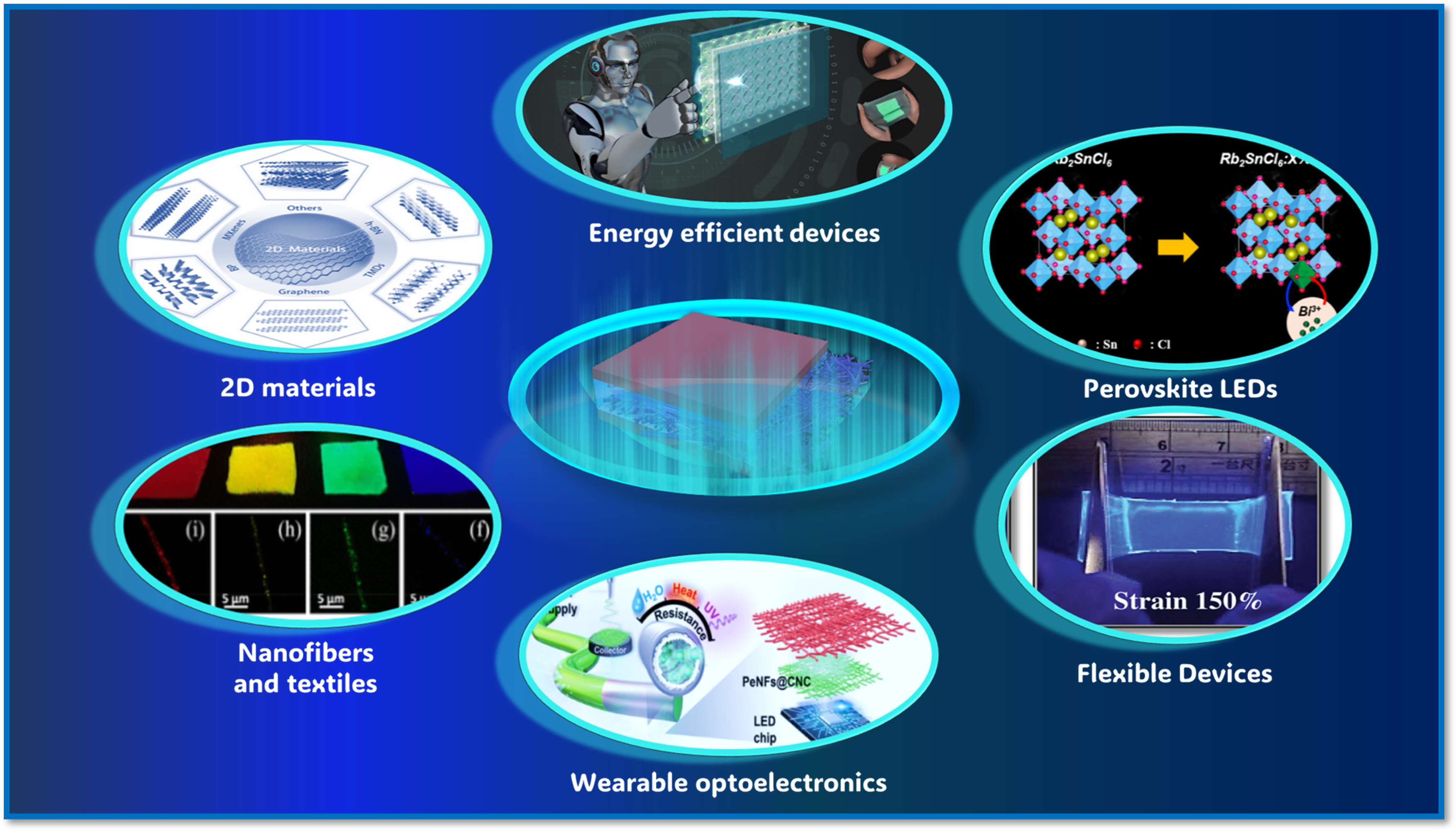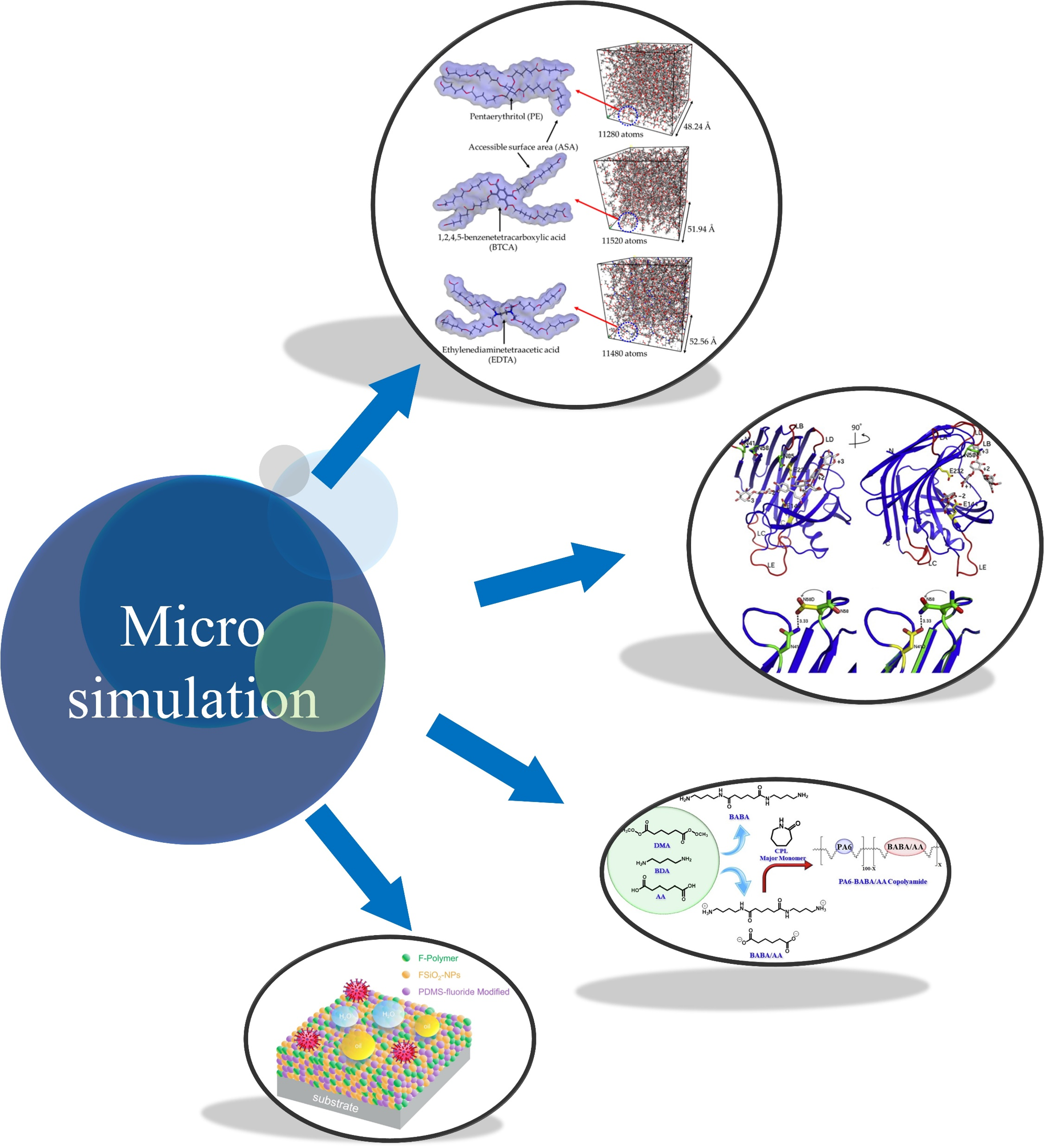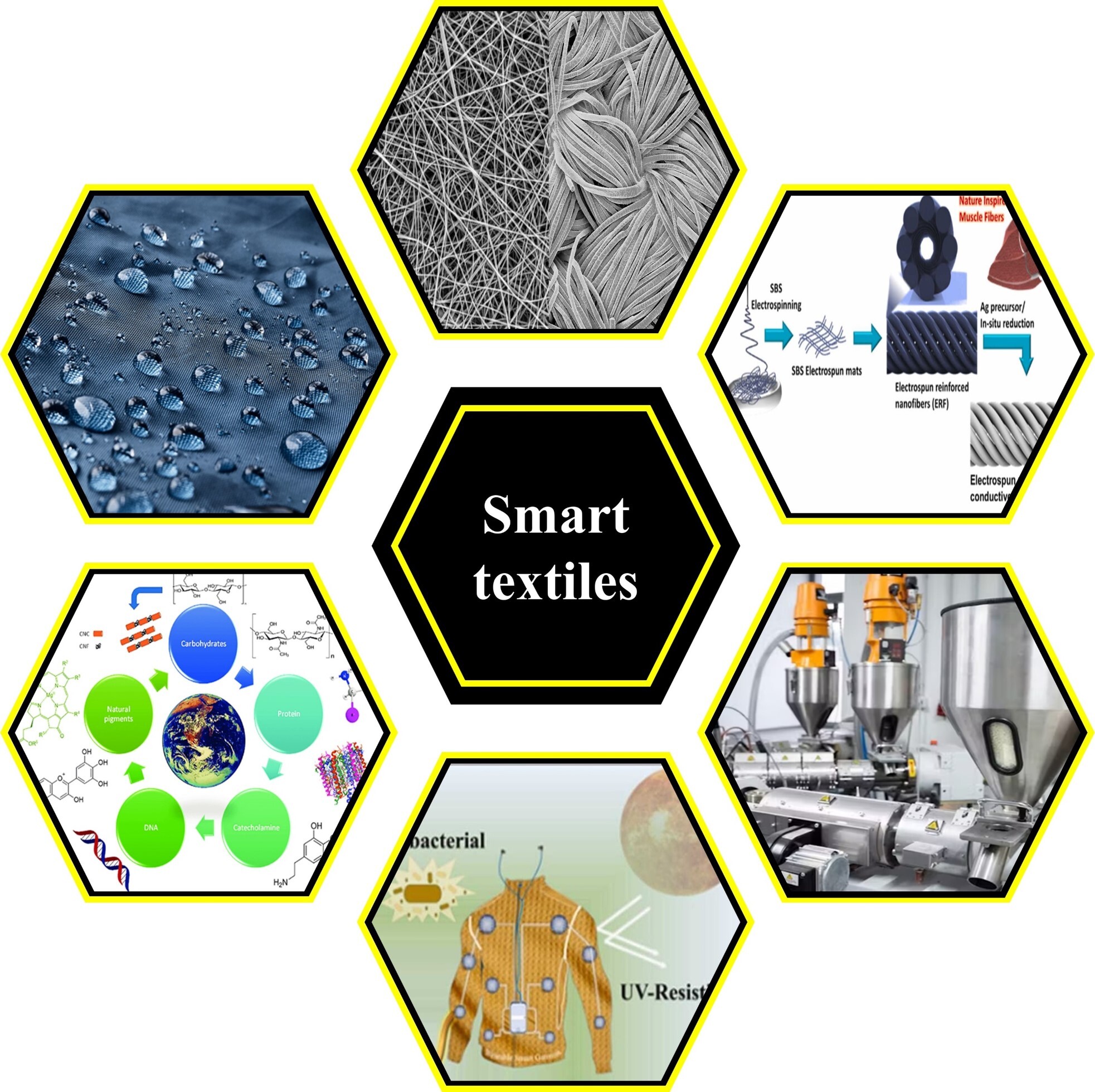Research Highlight
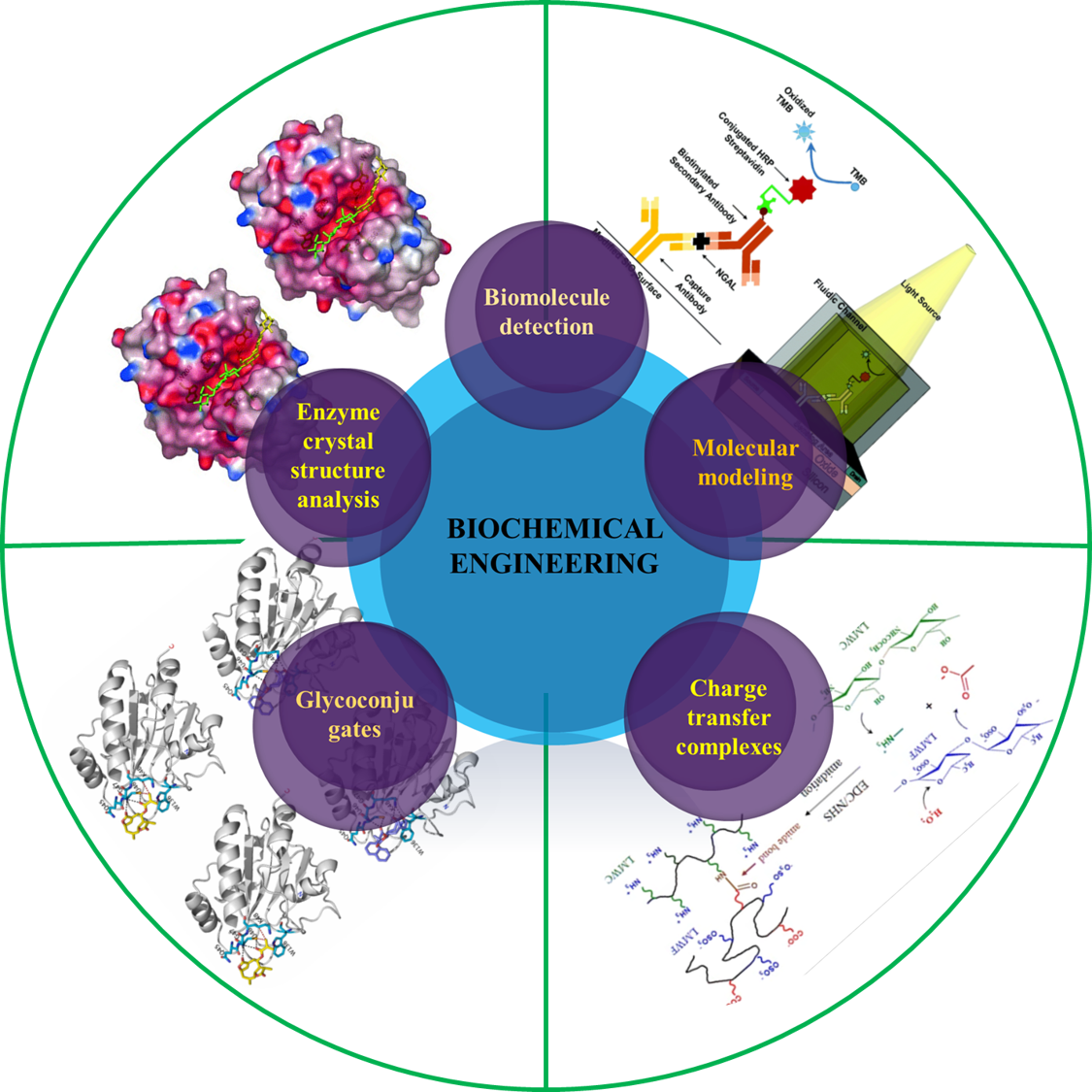
BIOCHEMICAL ENGINEERING: Enzyme crystal structure analysis, Biomolecule detection, Metalloprotein electronic structures ,Charge transfer complexes ,Glycoconjugates
The mission of the biochemical engineering section is to serve the world by graduating talented, multidiscipline, and well-carved biochemical engineers possessing the tools and capabilities to become the technologists and business leaders through the attainment of critical thinking and research capabilities along with advanced sustainable technologies.
Candidates have bright potential in entering the biochemical and pharmaceutical industry. Due to the collaborative teams and inter-related research atmosphere, candidates excel with intensive knowledge, experimental knowledge, and substantial instrumental exposures that best suits for students to pursue a wide array of medical diagnostics and quality assessment career.
- Laboratory infrastructure
- Courses with interdepartmental elective programs
- Collaborative team proposals
- Entrepreneurship
This program can bring in curiosity, teamwork attitude, communication, and other non-technical skills which remain crucial in gaining an in-depth understanding of this subject.
OUTCOMES
- Graduated students will possess the following credible qualities,
- An ability to acquire and implement the acquired knowledge using the appropriate experimental strategies.
- An ability to develop and conduct appropriate experimentation, analyze and interpret data, and use engineering judgment to draw conclusions
- An ability to identify, formulate, and solve complex engineering problems by applying the principles of engineering, science, and mathematics
- An ability to apply design and engineering of the existing solutions with the aim of meeting the customized needs taking responsibility for the public health, safety, and welfare.
- An ability to communicate effectively with a broad range of audiences and teams.
- An ability to recognize research ethics and professional responsibilities in engineering sectors and make suitable solutions and judgments taking account of the global, economic, and environmental factors.
We use fundamental chemistry and molecular recognition principles to incorporate turn-on and ratiometric sensing features into optical and magnetic resonance imaging probes to harvest the selective reversible signal enhancements only in response to the specific target molecule. Our group is particularly interested in developing sensors for metal ions, and other biological toxic molecules, which is essential in the current stage of global needs. The major challenge in all these systems is that the target molecules are not genetically encoded and hence have been previously tracked indirectly by using genetically modified fluorescent proteins. Detection specificity is low due to the interaction of the modified protein with multiple small molecules. The sensitivity suffers as well due to background signals from unbound proteins. To address these challenges we bring reversible turn-on and ratiometric sensing features into the small molecule, peptide, and protein-based probes. The ultimate success of a chemical strategy for molecular detection lies in the ability to utilize the designed chemical tools to track molecules in live biological systems.
OPTOELECTRONICs and Energy Devices: LEDs, Solar cells, FETs, lasers, Energy generators
The optoelectronics and energy devices fabrication sums up aligning the global needs and emerging trends by utilizing the key groundbreaking technologies. Electronics progressed gradually from rigid, flexible, and stretchable into wearable devices, thereby creating the major thrust in optoelectronic fabrication, processes, and efficiency achievements. Energy is indispensable in our daily life and in recent years, significant transformations toward wearable electronics is witnessed. Benefiting from the development of advanced materials and nanotechnologies, energy derived from hydroelectricity, thermal power, wind energy, and solar energy have been developed to meet these requirements.
Photovoltaic devices convert solar energy into electricity and serve as promising candidates in combating carbon emissions while providing an alternative way to meet the increasing demand for energy consumption. Organic and inorganic perovskites along with polymeric hybrid utilization make improvements in terms of efficiency and stability. Interesting results and publication record mark and highlight the significant contributions towards developing the stable and reduced hysteresis photovoltaics. On the other hand, energy devices capable of harvesting the biomechanical motions through piezoelectric and triboelectric mechanism captivates the research team. Wearable energy devices with improved comfort and stable performance on bodily strains, possibly driving the next stage of energy device requirements.
The field of optoelectronics exploits a variety of photonic structures for both passive and active device applications, ranging from the semiconductor light-emitting diodes (LEDs), lasers, field-effect transistors, photodetectors, sensors, optical memories, and synaptic devices. Optoelectronics primarily utilizes a number of inorganic and organic semiconductor materials, and quantum nanostructures such as quantum wells and quantum dots. The optoelectronic materials, processing, and fabrication processes taking the limelight in achieving the solution-processable, toxic-free, facile, rapid, and scalable technology. Apart from these, major architectural engineering in nano and microscale levels unravels the vitality in optoelectronic device performance along with mechanical endurance.
Our vision is powered by the integration of multidisciplinary research in material science, new photonics technologies, and related applications. Our research strategy is devised on the long-term goals with a high potential for societal impact, transcending borders from fundamental science all the way to entrepreneurship. The current key research areas include the development of solar cells, LEDs, lasers, sensors, energy generators, and soft robots with new functionalities. These topics are aligned with global trends that place photonics as a key enabling technology for combating the global issues, for example, related to energy saving, solar energy generation, environmental monitoring, and climate change, or novel wearable medical diagnostics and treatments.
We have active collaborations with National and International teams, and we offer collaborative internships and symposiums to engender the knowledge exchange for the enrolled students.
Molecular synthesis : Conjugated copolymers, Shape memory polymers, Biomass-derived polymers, Liquid crystal polymers, Self-healable polymers
Chemical synthesis in our department focuses on developing novel and facile synthetic methodologies. The research primarily will enable us to develop new strategies for conjugated block copolymers, shape memory polymers, sustainable recyclable polymers, and thermally stable, flexible, and stretchable elastomers via energy efficient synthesis routes. We aim to utilize the power of novel synthetic materials in the field of chemical, electronics, medical and biomedical research, including the area of sustainable energy.
The construction of specific molecules on demand is an important challenge to modern chemistry. The synthesis groups challenges with a variety of interesting goals including the utilization of natural monomers, and recyclable polymers with the aim of achieving a circular economy. Chemists who are trained in synthesis use their skills to create new molecular structures with stable and robust mechanical properties. However, we synthesize compounds not just because they are new, instead we focus on their applications and leading the way to commercialize the new products with scalability. The design and construction of useful and unique molecules often require the development of methodology, sustainable monomers, and crosslinker, typically employing the application of state-of-the-art spectroscopic techniques and resolving problems via sophisticated computational methods.
Conjugated copolymers based on fluorescent probes and their cumulative sensing of metal ions, temperature, and pH constitute the synthetic novelty. Fluorescent and colorimetric sensory probes demonstration along with electrospun nanofiber synthetic strategy effectively outperformed the other systems in terms of sensitivity and limit of detection. Natural polymer-derived or biomass-derived copolymers with shape memory characteristics and breathable properties finds special application in in-vitro orthopedic supports due to low melt temperature attributes. Our synthetic groups also produced Biomass-derived polyamides foams and self-healable selective oil absorbents.
A liquid crystal is an assembly of molecules that are partly ordered—for example, its molecules can be ordered (rigid) like a crystal while remaining unordered (flowing) like a liquid in another direction. It possesses several possible orderings, called "phases." Liquid crystals can be carved by various stimuli such as heat, electric field, magnetic field, light, or mechanical forces. Liquid crystals are well known for their display devices including computer monitors, laptop screens, TVs, clocks, visors, and navigation systems. Liquid crystals can also be found someplace you might not expect: living things! The major component in the human body is water, and it determines most of the processes that occur in our body. It is of no surprise that we encounter lyotropic liquid crystal phases in the wall of the cells of all living things, allowing the cells to remain flexible and perform different tasks.
Perovskite molecular level doping and structural fine-tenements pose significant morphological changes along with the improved thin film quality and pinhole-free surfaces contributing to enhanced optoelectronic properties. Successive ligand exchanges with organic ligands and other nanoparticles serve to promise in building the spectrally stable defect-free perovskite quantum dots with improved photoluminescence quantum yield.
An important thrust is Self-healing, which combines the fields of synthetic chemistry, characterization, and applications. Self-healing properties are the constructive chemistry and desirable mechanical property recovery balance without compromising its mechanical strength. Skin-inspired electronics and their operational lifetime are expected to increase, thereby reducing the electronic wastes (e-waste) to a good extent. With aim of reducing the e-wastes, self-healable elastomers proposed via series of bonds, that includes, Diels-Alder adducts, polyurea, disulfides, boronic esters, acyl hydrazones, and hydrogen bonds.
Nano Materials Applications: Nanofibers and textiles, Perovskite LEDs, 2D materials, Wearable optoelectronics, Energy efficient devices
It is mandatory to extend the knowledge from synthetic chemistry to characterize and fabricate the viable applications by adjusting the material's length scales ranging from micro to nanostructures. Molecular and nano-scale materials and its favorable interactions potentially dictate the electronic, magnetic, mechanical, surface-reactivity, and optical properties. However, the principles that will lead to the rational design of materials aren’t satisfactorily explored and new research tools and strategies vividly create demands in terms of fabrication and applications that include energy capture and storage, smart garments, self-powered sensors, and actuators, and wearable optoelectronics systems. Our research collaborations span multiple research centers and institute across the University, national wide, and worldwide to pursue state-of-the-art facilities for nanoscale fabrication and characterization.
Carrying the fundamentals and upgraded scientific learning will enlighten the path of successful research attempts towards the structure and properties of materials, ranging from the macro to nano-engineered devices towards the advancements of electronics, energy, and medicine. Much cutting-edge research and current state-of-the-art materials such as polymers dots, brushes, carbon dots, carbon nanotubes, graphene, graphene oxide, quantum dots, 1D & 2D materials were scientifically studied and published in the peer-reviewed journals.
Our department research the number of novel nanomaterials with morphology, molecular alignment, crystallinity, interfaces, nano-textured patterns, nanoparticles, nanofibers, and nanoporous materials, with applications relevant to Solar cells, Field-effect transistors, Light emitting diodes, backlights, lasers, sensors, energy generators, soft robots, photocatalyst, oil recovery and separation, batteries, memory devices, biocompatible materials, and pharmaceutical formulation.
This program provides enormous opportunities for learning, and research, and uniquely prepares students for a highly multidisciplinary field. These nanomaterials and applications specialization include course work at both the basic and advanced levels, outstanding research opportunities, and many opportunities for professional development. It facilitates the research and intellectual development of students and faculty alike.
Molecular Simulation: Simulations, Molecular dynamics, Interactions, Energy levels
The molecular simulation group brings together a unique combination of researchers with expertise in material chemists, quantum mechanics, statistical mechanics, and molecular dynamics. In addition to the simulation process, new research method validation and software selection to process the member’s demands. Molecular simulation groups are involved in a broad range of applied projects in arenas including the crystal growth, the chemistry of proteins, the properties of biological membranes, electron transfer processes, interpretation of spectroscopic experiments, drug development, and biotechnology applications.
Molecular simulation connects and promotes collaborations within the faculty of science and with outside partners in academia and industry. This is currently supported through advanced training opportunities in molecular simulation methods and applications, as well as in high-performance computing. Our team links inter-disciplined teams for structures, molecular dynamics, and functional molecules.
Smart TEXTILES: Micro and Nanofibers, Wet spinning, Electrospinning, Extrusion, Bio-derived materials, Oil separation, Water-repellant fabrics, Energy harvesting fabrics, Responsive fabrics, Pressure sensory fabrics
In the earlier stages, textiles are derived from a wide range of materials, from natural products (e.g., silk, wool, and cotton) to synthetic compounds (e.g., peptide, polyamide, and polyester), which are biocompatible and biodegradable. At the present stage, integrating the electronics with textiles is becoming increasingly desirable, as this can lead to an excellent on-body platform with functionality while retaining compelling features of textiles, including superior wearing comfort, excellent mechanical strength, lightweight, low cost, flexibility, stretchability, and washing durability.
Textile-based sensory systems captivate the wide research interest as it provides conformable contacts with the skin that intimately connects and integrates the electrical outputs more accurately than other thin film-based devices. Thin film’s adhesiveness, cytocompatibility, and peeling discomforts the users. However, to date, many wearable electronics are simply employed as patches to be woven within a shirt or worn directly on the skin. Therefore, it is very desirable to create fabrics with similar characteristics to those traditionally worn, yet with fibers containing conductive, sensing, or energy harvesting functions. Interestingly, fabrication of micro and nanofibers obtained with wet spinning and electrospinning offers better surface to area ratio, resilience, and mechanical strength, significantly promoting the fibers into a number of following research areas,
- Responsive sensory fibers
- Wearable pressure sensors
- Wearable strain sensors
- Smart gloves
- Wearable energy generators
- Wearable LEDs
- Wearable Solar cells
- Intelligent scaffolds/ Wound dressing
- Antibacterial garments
The proliferation of both wearable and smart textile devices in recent years has led to strong and finite market demands for the development of new and innovative smart textile products. Ongoing research has achieved smart textiles with embedded active devices (i.e. light-emitting elements), energy harvesting capabilities, and sensors with normal textile properties. Progress in preparing the functional materials with flexible and stretchable characteristics remains challenging, and such progress can promote and carry forward the seamless integration of wearable electronics. Haptic smart textiles would open up new frontiers in areas including communication, augmented reality, the internet of things, artificial prosthesis, soft robots, medical diagnostics, and therapeutics.

